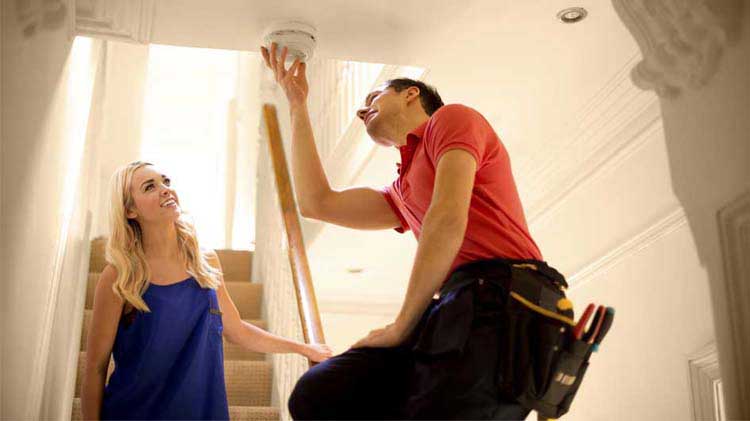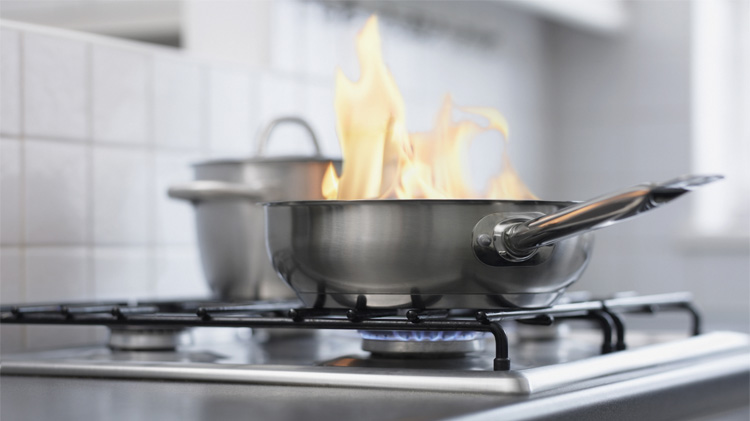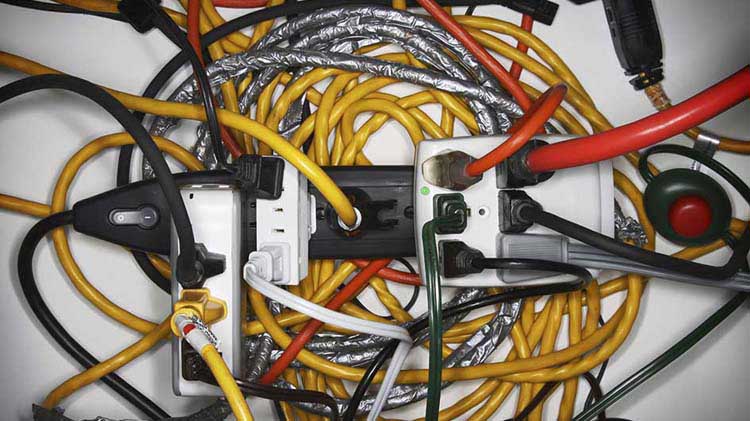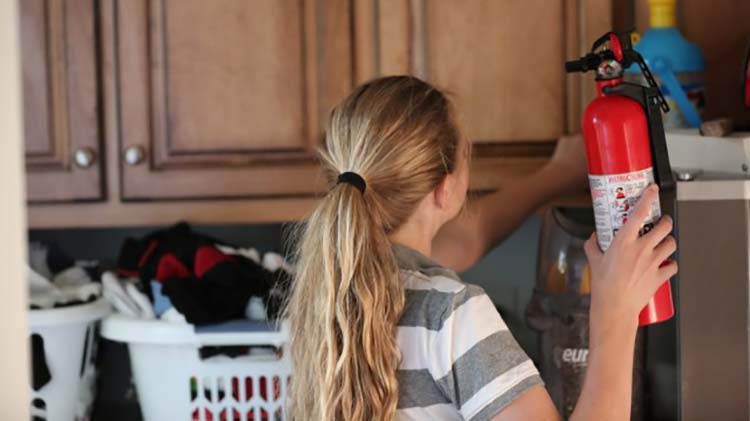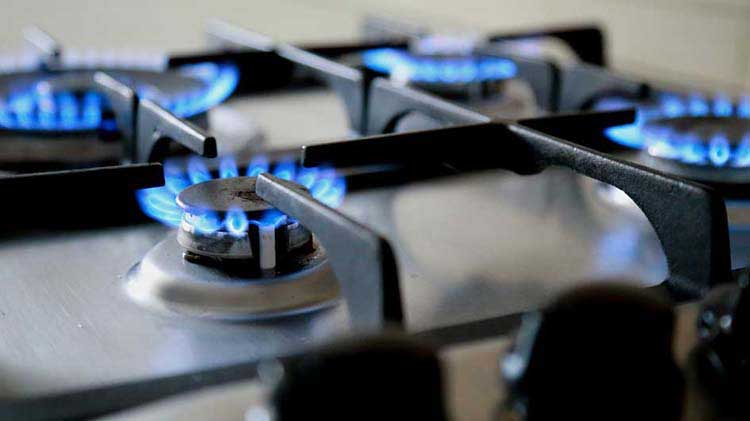Smoke detector placement and safety
Multiple smoke detectors may be needed in your home. Read about the different types.
Installing smoke detectors helps you feel safe from a possible fire. Staying aware of their correct placement and maintenance will help ensure that smoke in your home is detected.
Smoke detector placement and safety
Most fatal fires occur late at night or early morning, while you're asleep. For this reason, the National Fire Protection Association recommends placing smoke detectors in every occupied bedroom, as well as on every floor, including the basement.
In the kitchen, place the smoke detector away from the stove to prevent false alarms. If someone in your home is deaf or hard of hearing, consider a detector that also combines flashing lights with its alarm sound. If you are installing your detector on a wall and not the ceiling, remember to place it 4-12 inches from the ceiling.
Types of smoke detectors
There are three kinds of smoke detectors: photoelectric, ionization and a combination of the two, called a dual sensor. Photoelectric smoke detectors are better at picking up slow-building, smoldering fires, like one resulting from a lit cigarette. Ionization smoke detectors quickly note sudden combustible fires with high flames, like a grease fire.
For the best protection and safety, go with the dual sensor smoke alarm. Since you don't know what sort of fire may spark, having either type of detector still allows you the early-warning time to react and take action.
Smoke detector battery and chirps
Because a smoke detector constantly filters the air in your home 24 hours a day, seven days a week, maintenance is crucial. Most smoke detectors come equipped with a "chirping" alert to let you know their battery is low, but stick to a rule of changing out the batteries annually, even if it's quiet all year.
Being vigilant every second of the day will eventually take its toll, so it is recommended that you replace old detectors every ten years.
Fire evacuation plan
Prepare now so you can act quickly in an emergency. Getting out and making sure everyone is safe is the core of a fire evacuation plan.
Practice safe escape routes and instructions with your family. This can be a lifesaver in the case of an emergency.
State Farm® is helping you and your family save energy, lower utility bills and protect your home. Discover more on our energy management topic page.
